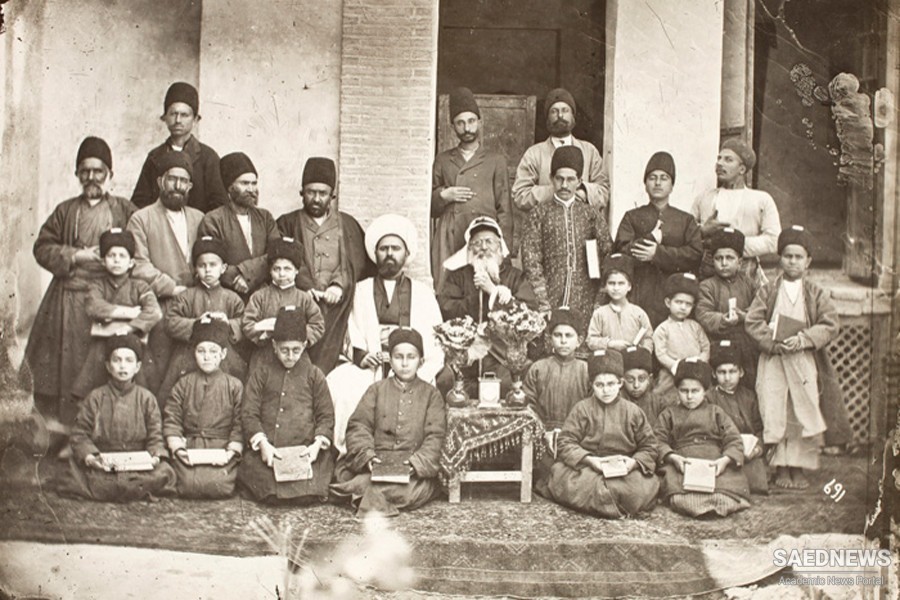The lives of nineteenth-century Iranians were also shaped by inequity and hierarchy. For cultivators, the key factor was access to land and the products of their labour, determined by the unequal power, rights and resources of landlords, sharecropping peasants, land-owning peasants and peasants without land rights. Absentee landlords extracted payments from cultivators on the basis of rent or sharecropping agreements, often combining this with tax collecting on behalf of government. At times of harvest or hardship, the conflicting interests of cultivators and property owners were played out in negotiation between peasants and landlords/tax collectors, supplemented by the use of armed force by landlords or flight by peasants. The princely governor of Kerman province and others described patterns of domination, subordination and manipulation embedding unequal power relations at the heart of rural life.The lives and work of the families and encampments of nomad pastoralists involved comparable power relations. Household and camp-level production and resources were exploited by leading individuals and lineages whose main source of power lay in their military and organising roles. Their material power might be achieved by renting out pasture rights, as among the Shahsevan of north-west Iran, the exaction of dues from flock owners, recorded for the Qashqai in the south-west, or management of migration as with Qashqai and Bakhtiari.6 By the later nineteenth century, affluent and powerful ‘tribal’ leaders acquired land, revenues and power through links to settled elites and government, marking themselves as a dominant stratum separated from the everyday life of nomad pastoralists. Legitimised by discourses of lineage, and supported by landed wealth and the capacity to collect taxes, settle disputes and mobilise the armedstrength of pastoral communities, leading clans and individuals created and contested privileged positions. Use of patronage, claims to kinship solidarity, and capacity to coerce the less powerful, provided vital cultural underpinning for their dominance (Source: Iranian Culture in Nineteenth Century).


 Modernization of Economy and Emergence of New Cultural Identities in Modern Iran
Modernization of Economy and Emergence of New Cultural Identities in Modern Iran














































